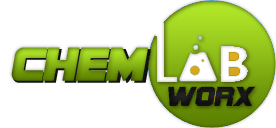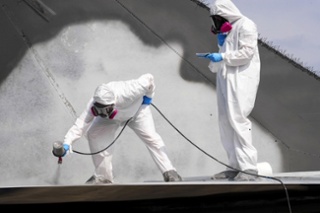 Simply put, polyurethane is a plastic. Polyurethanes are produced by reacting diisocyanates with polyols and other chemicals. Methylene diphenyl diisocyanate (MDI) is one type of diisocyanate used in the manufacture of polyurethanes.
Simply put, polyurethane is a plastic. Polyurethanes are produced by reacting diisocyanates with polyols and other chemicals. Methylene diphenyl diisocyanate (MDI) is one type of diisocyanate used in the manufacture of polyurethanes.
Diisocyanate + Polyol = Polyurethane
MDI or polymeric MDI (pMDI) is one component used in the application of polyurethane or polyurea coatings, which are used in truck bed lining products. While these products protect the truck bed, special handling and care is needed when spraying these lining products. When using a polyurethane system, the MDI is usually the “A-side” or the “iso-side” of the system. The polyol (also called resin) is usually the B-side of the polyurethane system.
How Is Polyurethane Used in Truck Bed Liners?
Under controlled conditions, such as in a spray enclosure with proper ventilation and environmental controls, the two components of a polyurethane or polyurea system are drawn from their individual storage drums or tanks into spray processing equipment. The two individual components of the system, the diisocyanate and the polyol, are metered by the processing equipment and fed to a hand-held spray gun. The reactive components meet, mix and are applied by the trained and properly protected applicator.
 The applicator spray-applies the polyurethane/polyurea directly to the surface of the truck bed, much like paint or a coating is applied. After application, the liner cures (dries) to the touch within minutes and is fully cured within hours.
The applicator spray-applies the polyurethane/polyurea directly to the surface of the truck bed, much like paint or a coating is applied. After application, the liner cures (dries) to the touch within minutes and is fully cured within hours.
The polyurethane/polyurea liner protects the surface of the truck bed against scratches and scrapes, as well as the corrosion that can result over time due to this damage.
Want to know more? Visit ArmorThane.com today!

 The applicator spray-applies the polyurethane/
The applicator spray-applies the polyurethane/

